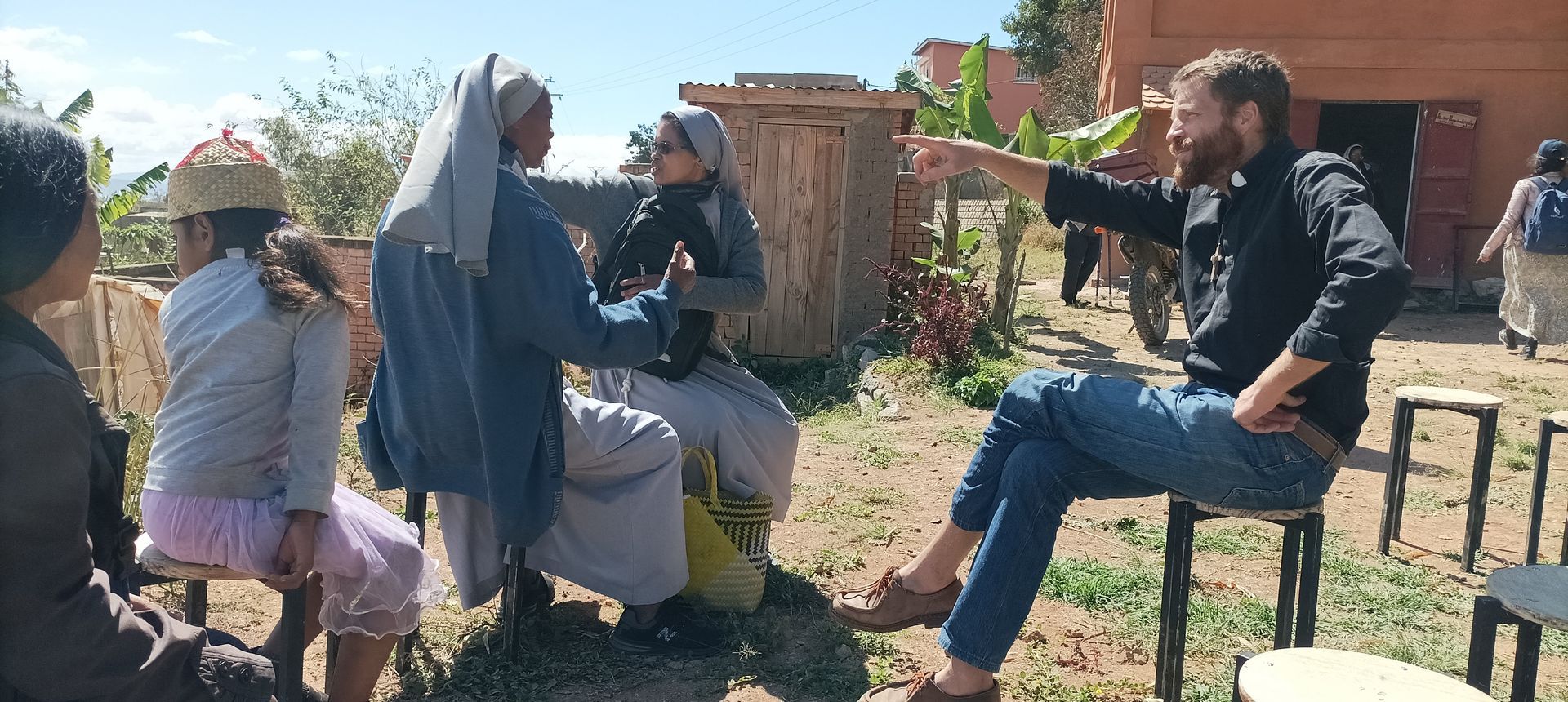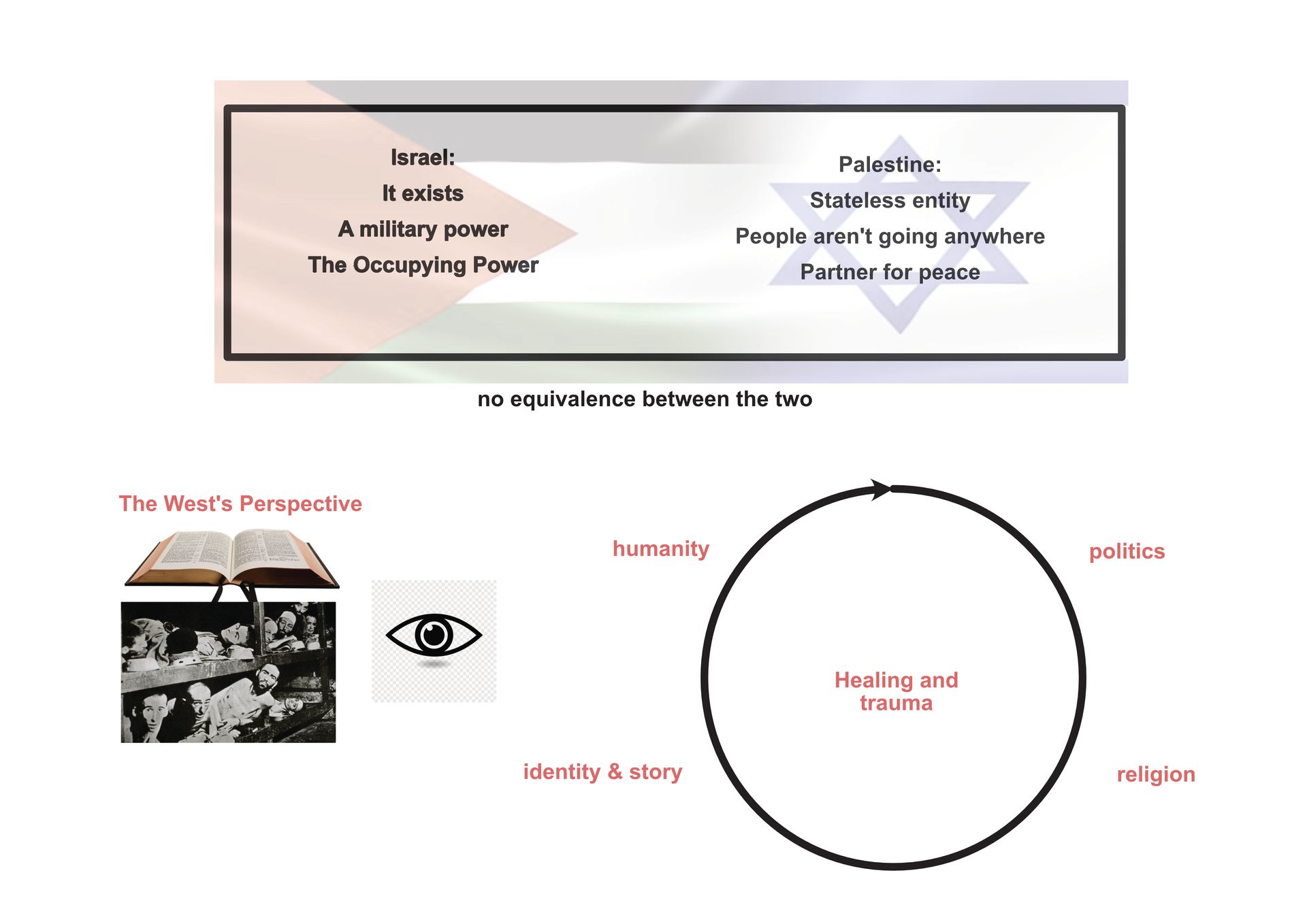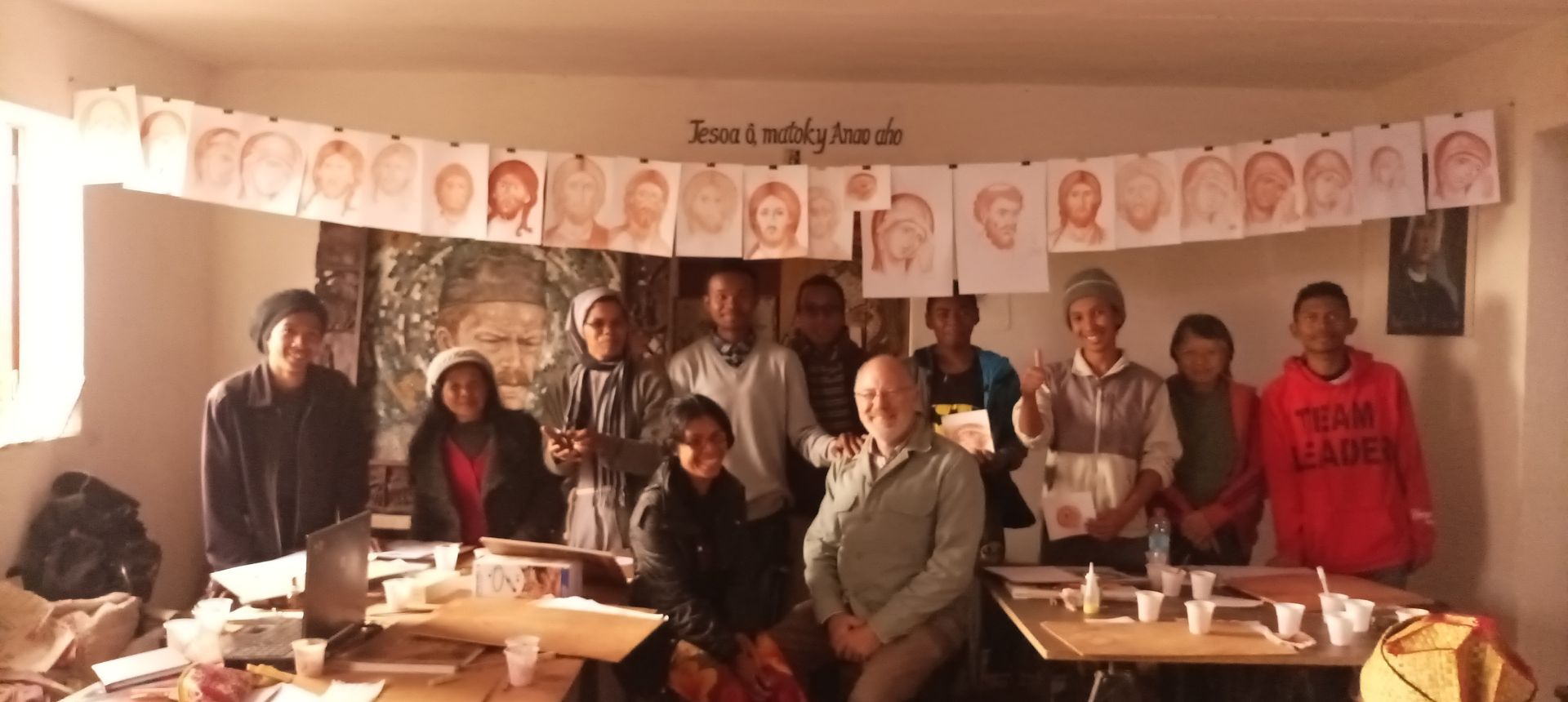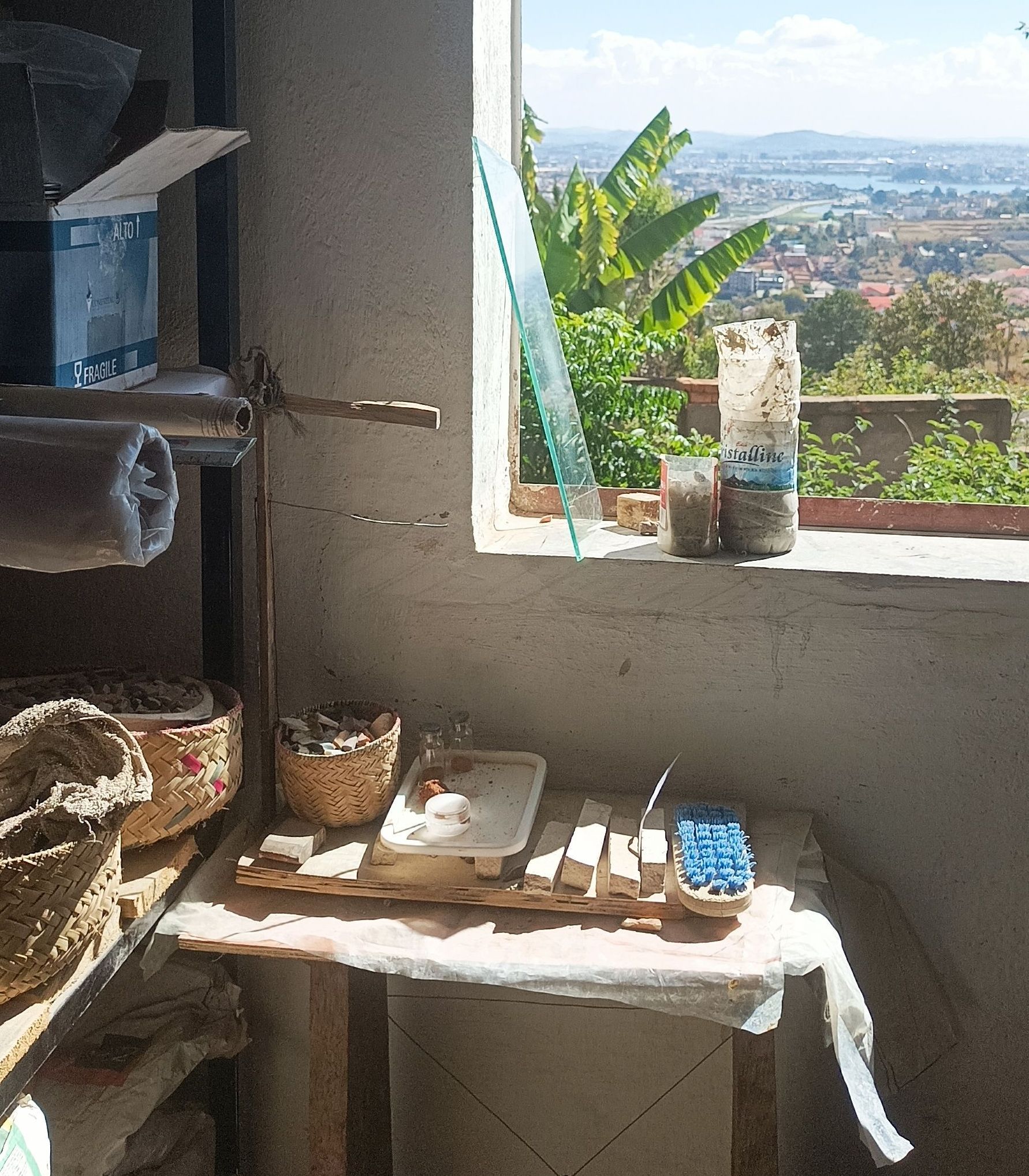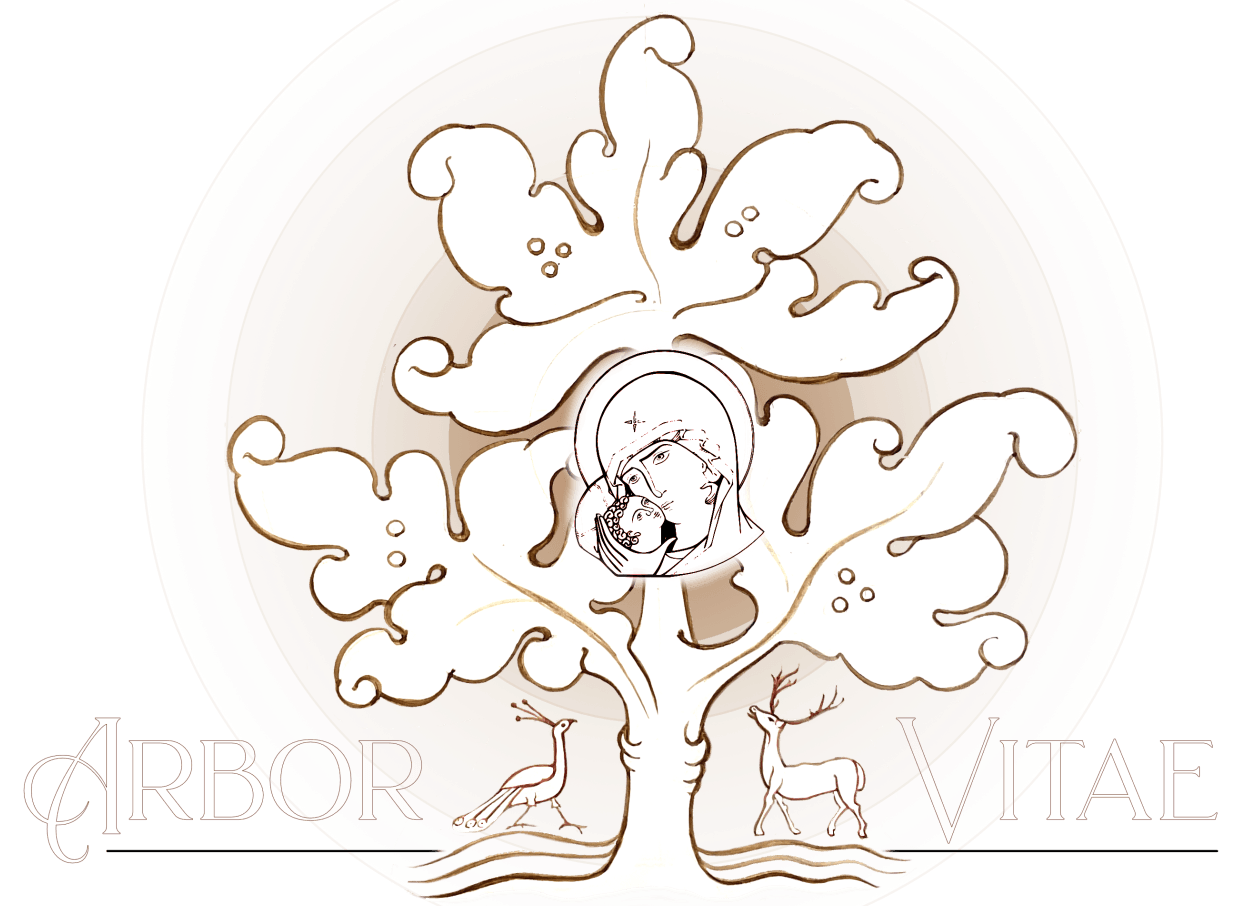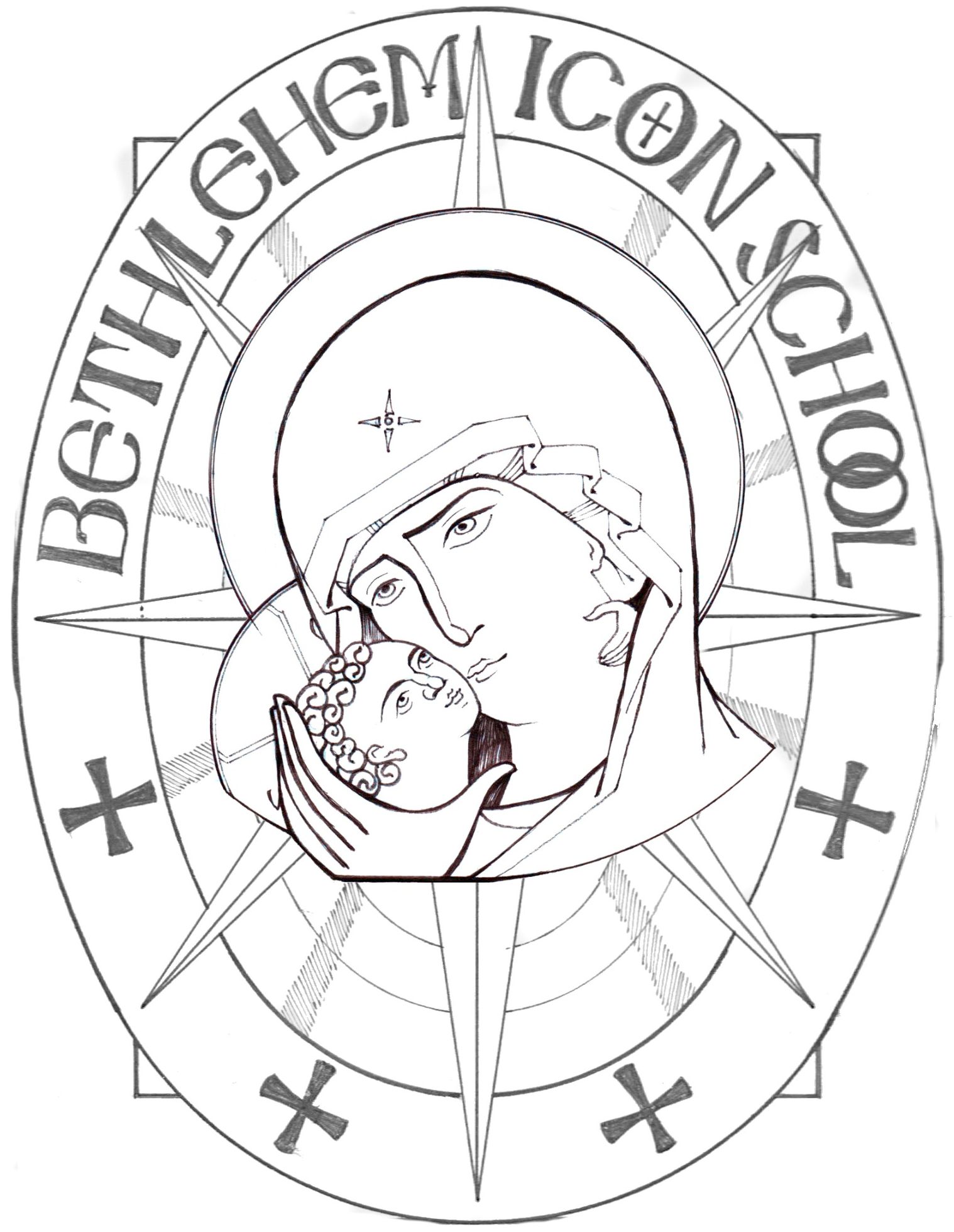Madagascar - New icon formation initiative
For two weeks in August I was in the capital of Madagascar, Antanavaro, leading an intense icon workshop for a new initiative aimed at kick-starting liturgical art in a country in the grip of poverty and paganism and with little artistic background.
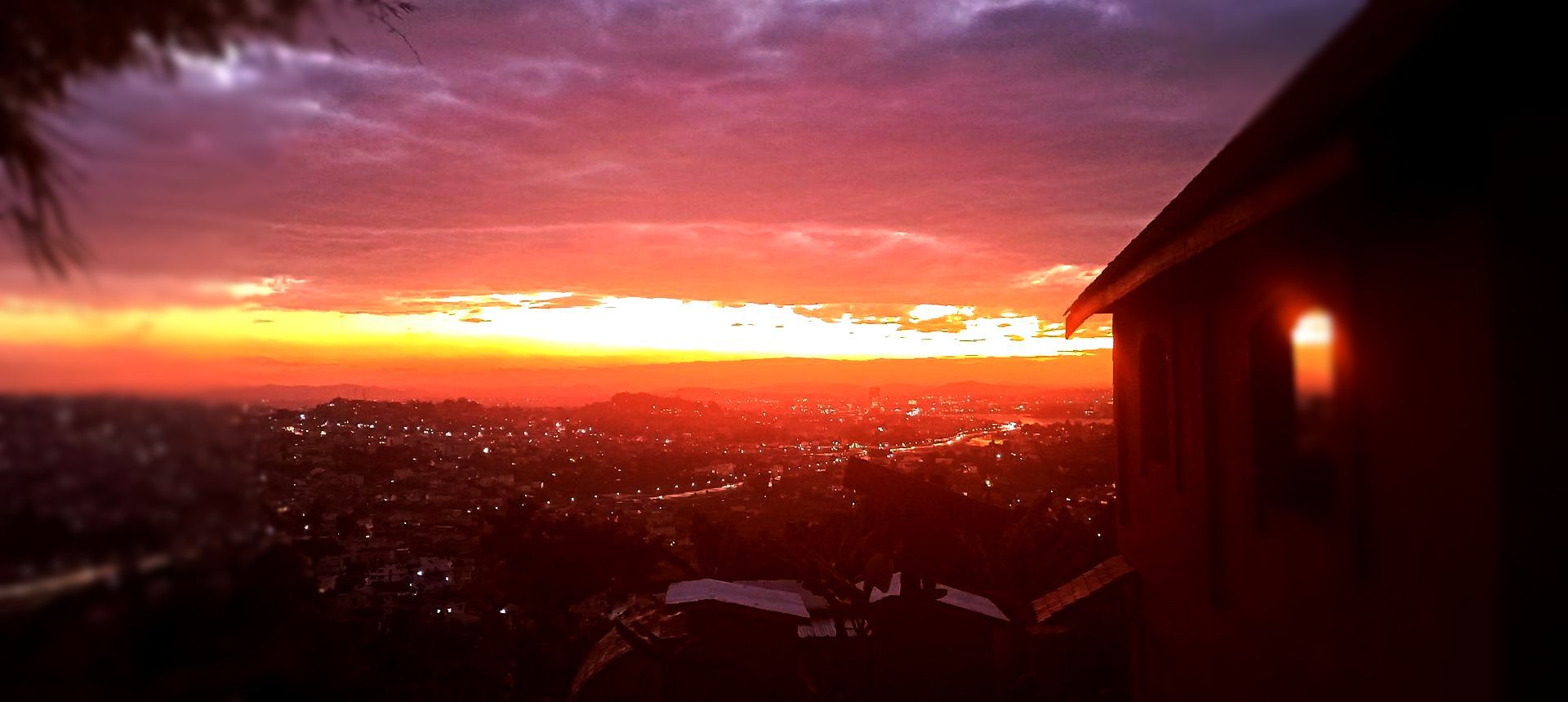
Part One...
I seem to have a penchant for teaching iconography is outlandish places, places ‘on the periphery’ as Pope Francis might express it. Ten years in the Holy Land was one such experience. This past August I had another, this time in one of the poorest countries in Africa: Madagascar.
To be clear it wasn’t something I set up or was looking for, but it was in response to the insistence of a priest friend of mine, a former student from my time in Bethlehem, Pere Gabriel. He is a missionary who has committed himself to living all his life in Madagascar, a place that was chosen for him by his missionary society. People with such hearfelt commitment to Christ are hard to refuse. He has a passion for good liturgical art, and in Madagascar there is a complete vacuum as far as that is concerned, so he began a workshop to try and at least make some inroads into that.
Back in 2019 he began a mosaic project for the national shrine of the Divine Mercy. I designed and mapped out an image of the Divine Mercy, larger than life size, for the wall above the main entrance, using Affinity Photo - every single tesserae. (Originally I was supposed to go out and supervise its execution, but Covid intervened and there was no way to actually get into the country). At least I thought I had set it all up for them to follow - but it turned out that they never received the file with the face, so while the figure itself was all ready to go they ended up having to try and work the face out for themselves. Anyway, with the great help of various other artists the work was completed, blessed and now is a real landmark in the northern town where its located. Just being there, along the main road, is a powerful ‘silent voice’ that gently nudges people to sense that He is here.
Madagascar is virgin missionary territory. About a 1/3 of the country is Christian, mostly Catholic, but the presence is focused in the cities. In the rural communities a form of shamanism is prevalent, while the main spiritual focus is on honouring the ancestors. A country of diverse ethnicities and cultures, a common feature is music and dance. Visual art is mostly absent, even simple patterns or colour arrangements. Yet the natural environment is awash with a rich, vibrant colour palette, from mesmerising sunsets of molten golds to shimmering greens of endless varieties of palm trees and vegetation that seems straight out of Jurassic Park. And then there is the earth colours, rich African reds and ochres, which I began to explore as possible pigments with the students during the course.
The Atelier is a grand name for a very humble reality. The place has no glass in the windows, the upper section has a dirt floor, while the ground floor is a series of brick built rooms which includes a chicken hut and a rabbit run. The view is spectacular, sat on a hill on the edge of the capital city, but its exposure to the rather cold winter wind is the price you pay, playing havoc with your health and your sketches! Some of the students stayed in the workshop for the duration of the course - having travelled for many hours to reach there it was impossible for them to return home each night. So, they slept on the floor, one window covered with a grey, colourless cloth while the others were closed with metal shutters. The kitchen was an metal container of charcoal and wood moved inside and out depending on the weather. Water was from a tap way down in the grounds of the property.

